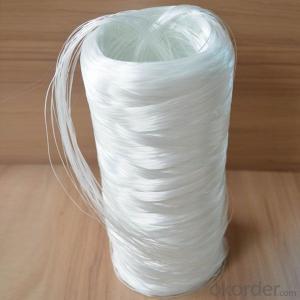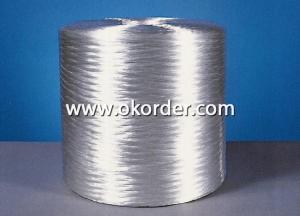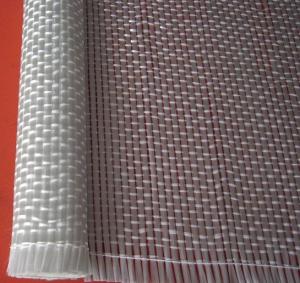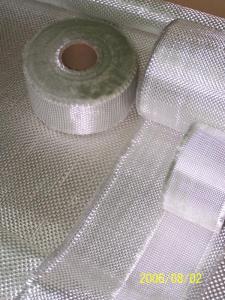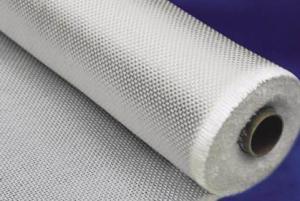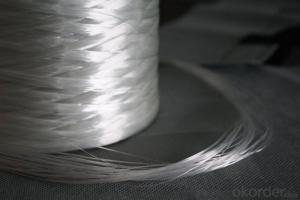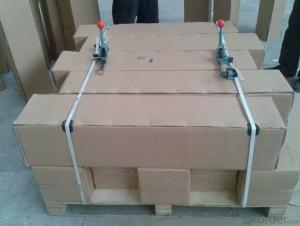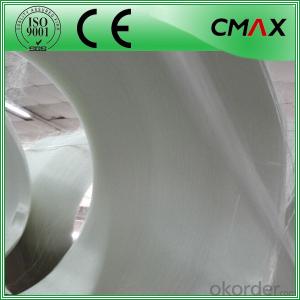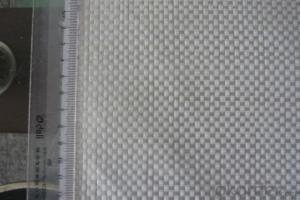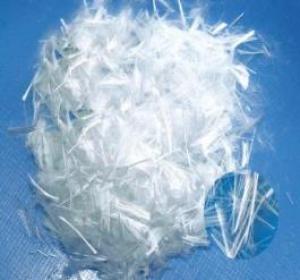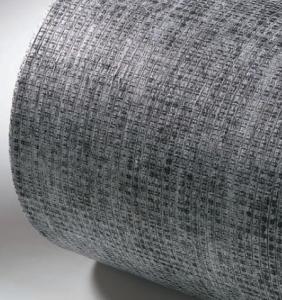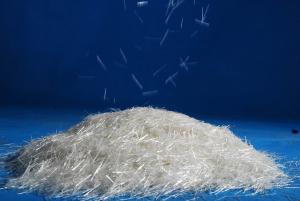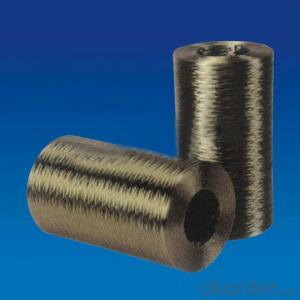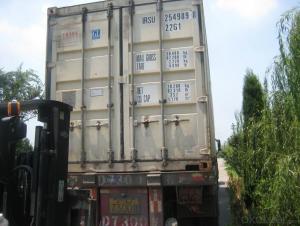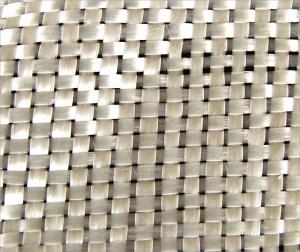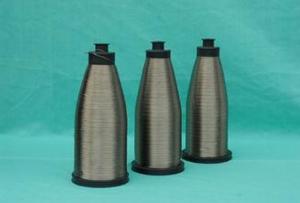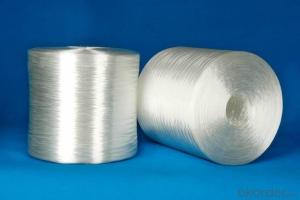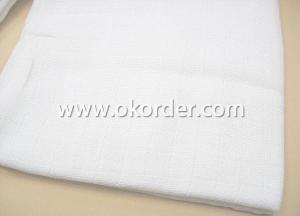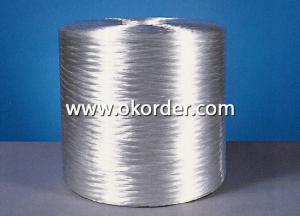High Strength High Quality Fiberglass Roving for Gypsum
- Loading Port:
- Shanghai
- Payment Terms:
- TT OR LC
- Min Order Qty:
- 10 m.t.
- Supply Capability:
- 100 m.t./month
OKorder Service Pledge
OKorder Financial Service
You Might Also Like
This gypsum roving is processed by silane resin, especially used in fiberglassreinforced gypsum products.
Characteristics :
Good choppability, easy dispersion, no static
Higher strength, fire resistance, sound insulation and lighter in weight
Good hardness, good beaming
Application:
※Widely used in building construction and decoration areas.
※Gypsum plate, decorative material, sculpture
※Fire resistance material and other decoration materials, such as suspended ceiling clapboard and deadening, etc
※Gypsum ceiling
Package:Standard 20kg/roll
Weave bags or cartons
- Q: What is the function of adding fiber material to concrete ?
- In projects, some fiber materials such as paper, hemp fiber and straw are added to concrete. If plastering mortar is added into mixer, it can play the role of skeleton, improve the crack resistance and tensile strength of the plaster layer and enhance the flexibility of floated coat and durability in order to reduce floated coat contraction and make it not easy to fall. The characteristics of the fiber material will be introduced as follows: firstly, paper reinforcement includes dry and wet paper. Dry paper is use at the time of adding quick lime, It was tore up, was removed dust and soaked with water, and then 100 kg lime and 2.75 kg paper are mixed. When using, it should be made into powder by a small steel mill and 3 mm aperture sieve filter. When wet paper reinforcement (commonly known as pulp) was used, each 100 kg lime should be added into 2.9 kg wet paper reinforcement. Specific operation method is the same as that of dry paper. Secondly, the use of hemp fiber requires tenacity and purities. To make is loose, it need to be dried, linen and then it is cut into 20 mm to 30 mm. Each 100kg lime adds 1kg loose hemp which is hemp fiber grey. Thirdly, grass stalks are usually cut into rice straw or wheat straw which is no more than 30 mm long. It could be used after half a month after soaked in lime water. It also can be used as paper after soaked in lime or caustic soda. Fourthly, synthetic fiber mainly includes polypropylene fiber and nylon fiber used for mortar. When using, you should pay attention to its disparity and alkali resistance. These are the all material fiber used in concrete. You should be familiar with the characteristics of the material in order to make better use of it.
- Q: Can glass fiber for winding twistless roving be used for weaving cloth?
- Yes, twistless roving are used as warp and weft directional material for twistless roving cloth.
- Q: What is glass fibre reinforced plastic
- Glass fiber reinforced plastic is a kind of material composited by glass fiber and matrix composite with its strength improves.
- Q: What are the types of glass fiber yarns?
- Yarn is usually used for glass fiber window?screening.
- Q: What is glass fibre reinforced plastic? What do Glass fiber reinforced plastic used for?
- Corrosion can not happen. Only strict check under the condition of stress, if the molten glass is drawn into a very fine glass fiber, it could be used in thermal insulation, electrical industry and communication engineering field, and so on. As epoxy resin's strength is very low, resin plays the role of resin concrete. Glass fiber reinforced plastic, as glass fiber reinforced materials, boast high strength. It is in the direction of vertical fiber. It is a new type of composite material, polyester resin developed aboard in early twentieth Century. Glass fiber reinforced plastic has the advantages of high strength, corrosion resistance and corrosion resistance. In reinforced concrete, it increases the strength, as the concrete is indispensable. The FRP glass fiber in glass fiber reinforced plastics is generally put into line or roving. The fiber direction of the strength can be as high as 100MPa. At the same time Glass fiber is very soft and has a high elastic modulus and strength. It is suitable for rectangular plate or shell structures, with the properties of electrical insulation and thermal insulation. It is made by continuous yarn or filament sheet, then reinforced plastic, glass steel, synthetic resin as binder, glass steel is made. Also there is a diameter of 20um above the glass fiber, but glass fiber orientation is not in a direction. There are three kinds of glass fiber directions. 1.Unidirectional fiber reinforced glass steel fiber production can greatly improve the production (because the yield and diameter Square), which formed this user-friendly name glass steel. Glass fiber and its properties are commonly used in glass fiber reinforced plastic with its fiber diameter 8-13um.
- Q: Main characteristics of glass?reinforced?plastics grating
- long period of installation and use, aging resistance, free maintenance and so on. llightweight, glass fiber content of more than 30% (weight percent), beautiful. Glass?reinforced?plastics grating is based on unsaturated polyester resin (includes isophthalic,ethylene, phenolic aldehyde, bisphenol A) and is made up of glass fiber roving( wind or pultrusion, middle-alkali or non-alkali). It is formed by weave and mould pressing in metal mould or by heating after hand lay-up with impact resistance, steadiness, skid?resistance, anticorrosion, fire?retardant and weather resistance. Moreover, this product with insulation and thermal insulation property is flat in appearance, good in quality and is easy to cut.
- Q: What can glass fiber do?
- Building for external wall insulation layer, glass fiber clothes are used in the glass fiber industry. The main effect is to increase the strength.
- Q: The difference among organic glass, glass steel and acrylic.
- It is composed of methyl methacrylate monomer (MMA) polymerization, having the same life of the building. After a special process, the two kinds of composite organic glass acrylic (acrylic) can be compound, with the English name Acrylic. The extrusion can better control the thickness of the plate.
- Q: Specific classification and application of glass fiber
- The excellent resin infiltration and permeability: Glass, in general, is hard and fragile. The warp and weft density is decided by yarn structure and texture. It is suitable for all kinds of spray gun and fiber conveying system. Due to its super strength, it can be used for producing packaging sheet and sports equipment. Twistless roving need to be soaked into resin paste with high content of pigment. The requirement that chopped?strand should be used to enhance thermoplastic?plastics is suitable for alkali free glass fiber.
Send your message to us
High Strength High Quality Fiberglass Roving for Gypsum
- Loading Port:
- Shanghai
- Payment Terms:
- TT OR LC
- Min Order Qty:
- 10 m.t.
- Supply Capability:
- 100 m.t./month
OKorder Service Pledge
OKorder Financial Service
Similar products
Hot products
Hot Searches
Related keywords
